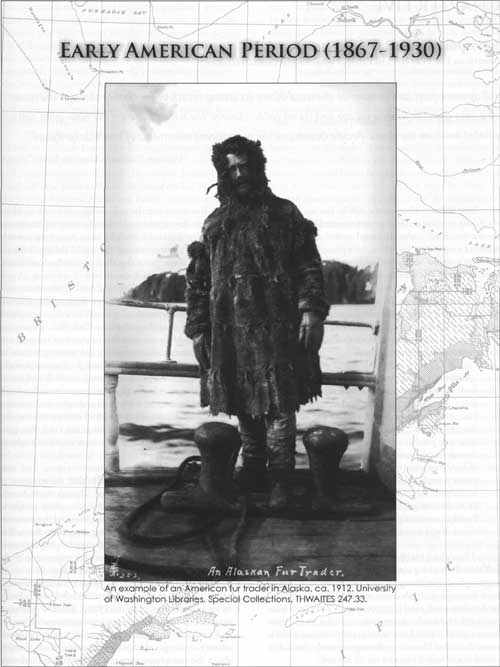

Moodie - "Give us a little milk" : the social and cultural significance of gift giving in the Lake Superior fur trade / Bruce M. Bibeau - Agriculture and the fur trade / D.W. Peter MacLeod - Fur trade literature from a tribal point of view : a critique / Donald F.

Bourque and Ruth Holmes Whitehead - The Anishinabeg point of view : the history of the Great Lakes Region to 1800 in nineteenth-century Mississauga, Odawa, and Obijwa historiography / D. Reichert.Of the mission of Saint Francois Xavier on the "Bay of Stinkards," or rather "Of stinking waters" / Father Allouez - On the hunting of the Gaspesians / Father Chrestien LeClercq - The hunting of moose, of bears, of beavers, of lynxes, and other animals according to their seasons / Father Chrestien LeClercq - Tarrentines and the introduction of European trade goods in the Gulf of Maine / Bruce J. D'Elia Brock Giordano, RPA Joseph Hearns Allison Hoock Mark W. Berliner Jos Ant nio Brand o Cathrine Davis Erica A. Featuring a thought-provoking look at the award-winning public archaeology program at the site, this volume will inspire researchers with the potential of community-based service-learning initiatives to tap into the analytical power at the interface of history and archaeology. Copper kettles and other imported objects from Europe were transformed by Native Americans into decorative ornaments such as tinkling cones, and French textiles served as a medium of stylistic expression in the multi-ethnic community that developed at Fort St. Faunal remains excavated at the site indicate the French quickly adopted Native cuisine, as they were unable to transport perishable goods across long distances. They discuss the complex relationship between the French traders and local Native populations, who relied on each other for survival and forged links across their communities through intermarriage and exchange, even as they maintained their own cultural identities. Contributors analyze material remains including animal bones, lead seals, smudge pits, and various other detritus from daily life to reconstruct the foodways, architectural traditions, crafts, trade, and hide-processing methods of the fur trade. Material evidence of the site-lost for centuries-was discovered in 1998 by volume editor Michael Nassaney and his colleagues, who summarize their extensive excavations at the fort and surrounding areas in these essays. Joseph was home to a flourishing fur trade society from the 1680s to 1781.

Located in what is now Michigan, Fort St. Joseph Revealed is the first synthesis of archaeological and documentary data on one of the most important French colonial outposts in the western Great Lakes region.


 0 kommentar(er)
0 kommentar(er)
